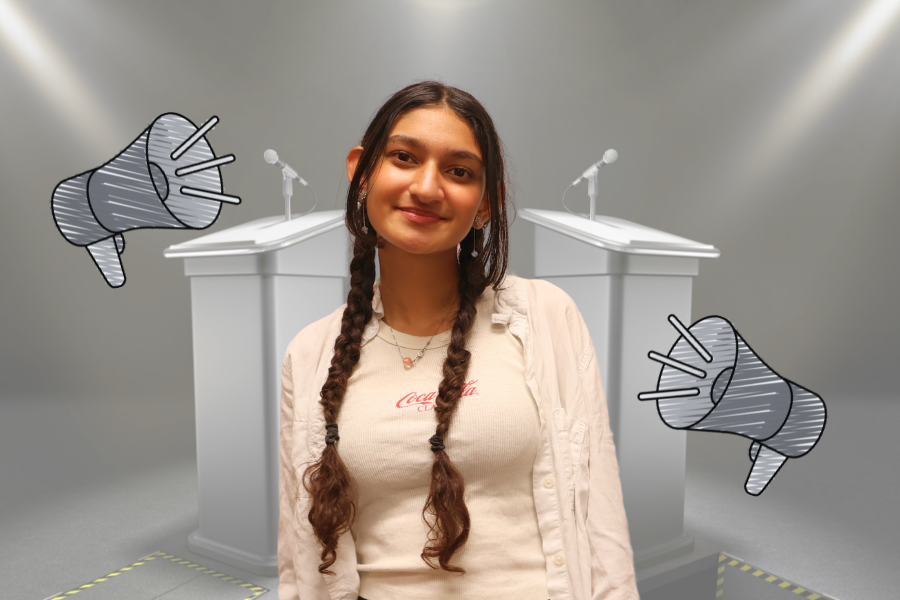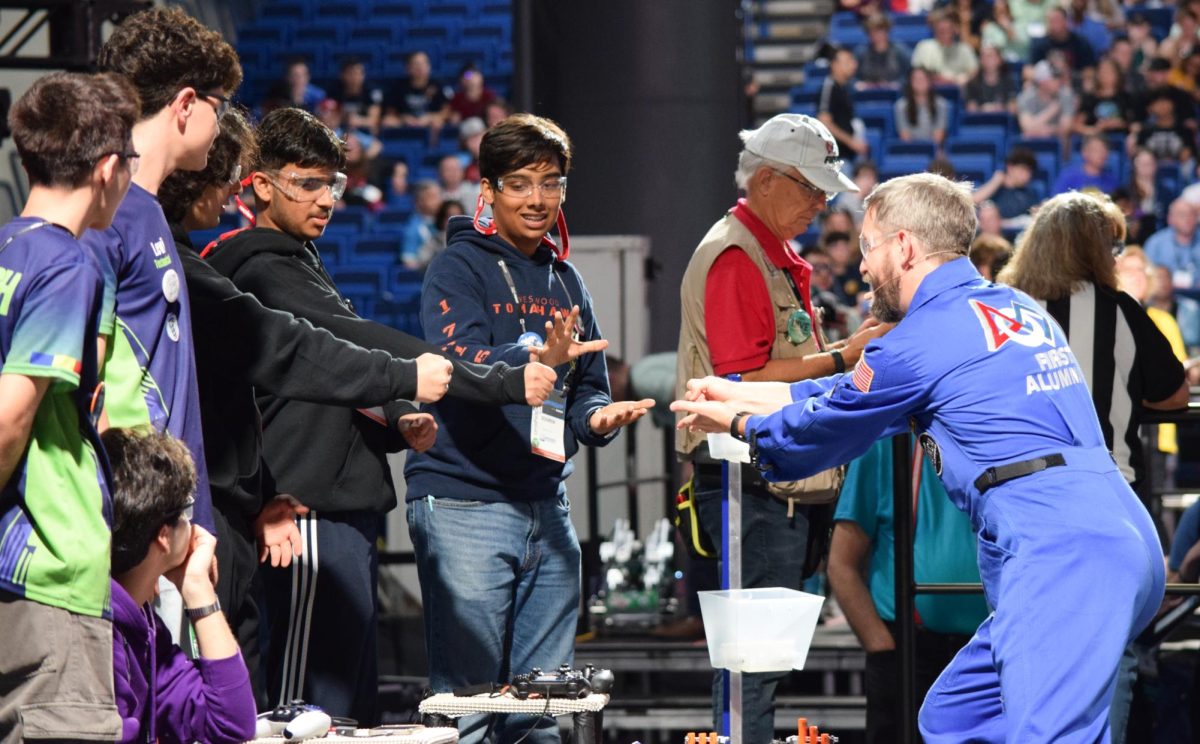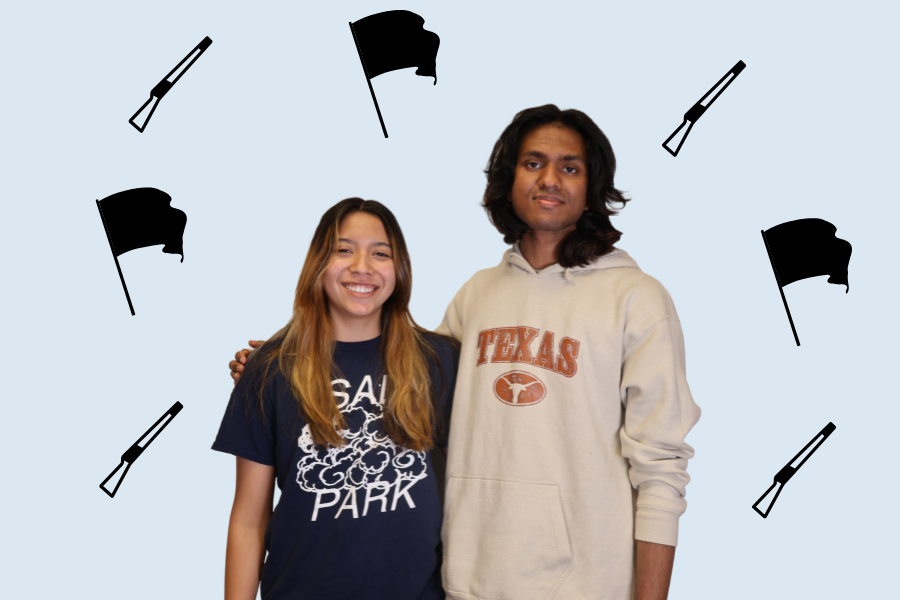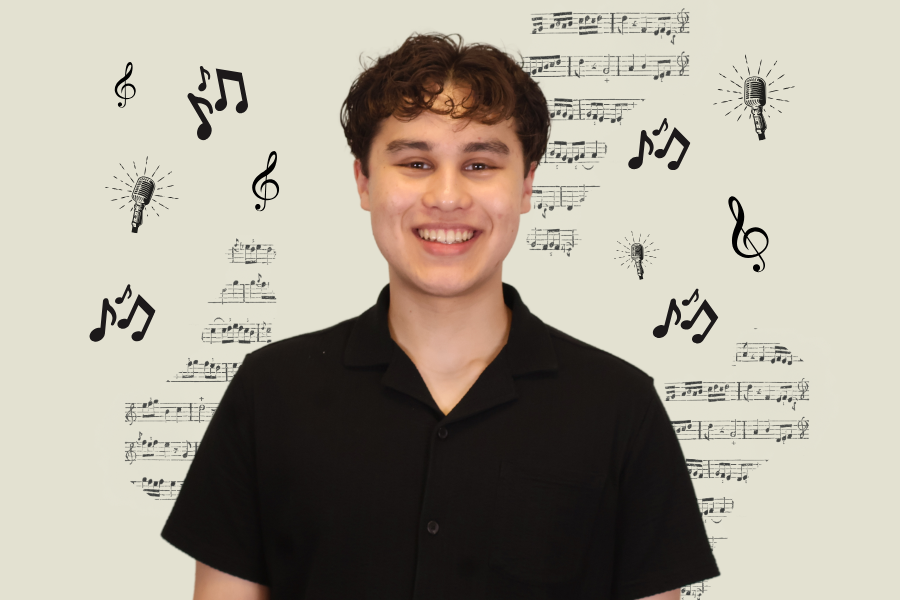On Friday, Dec. 1, Anatomy & Dissection gathered to dissect squids in Mr. Scheiber’s room before school. Shifting the club’s focus from studying simpler organs, such as the sheep heart dissection earlier this year, to dissecting more complex organisms, this dissection was a repetition of the squid dissection hosted by the club two years ago.
“I don’t remember much of [the first squid dissection] because it was the first dissection we did that year, so coming back to it and doing it again was a refresher,” Anatomy & Dissection Club Secretary Mishree Narasaiah ‘25 said. “I was super excited for it because I remember that being my favorite one freshman year.”
The repetition of the squid dissection allowed club members who had previously completed the same dissection to reflect on their improvement throughout the years.
“I’m more confident with dissections [this year],” Anatomy & Dissection Club Vice President Nicole Wang ‘24 said. “Last time I just looked at it and I was like, ‘What am I supposed to do with this?’ It was just me poking and prodding it. I explored a lot more [with this dissection] and had much more squid to cover this time because it was bigger.”
Following directions from a slideshow, club members observed the squid’s external features, such as its mantle, tentacles, and fins, before making a longitudinal incision along the mantle to observe its inner organs. From there, club members were free to explore the specimen’s structures, such as its stomach and ink sac, and make their own discoveries.
“We found the digestive tract and it was completely full of poop,” Narasaiah said. “We [also] found [the squid’s] jaws much [more easily] than we did freshman year. This was my favorite [specimen] because I feel like it’s one of the organisms that has a lot of things you can explore. For example, the brain is right under its digestive tract and its ink sac is also in its digestive tract, so I think it’s really interesting for us to explore every little intricacy.”
To save funds for the bigger organisms planned for next semester, the officer team decided not to pay extra for colored vessels, which made it harder to spot the organs in the squid’s cardiovascular system and presented challenges for club members.
“Sometimes it’s hard to identify what the organs are because they look so similar and you can accidentally puncture the organs because they’re all compact,” Anatomy & Dissection Club President Sanjay Balasubramanian ‘24 said. “[We were] being careful and not being aggressive with the cuts, [instead] just lightly using the scalpel.”
Next semester, Anatomy & Dissection Club will dissect turtles for their third meeting of the year.

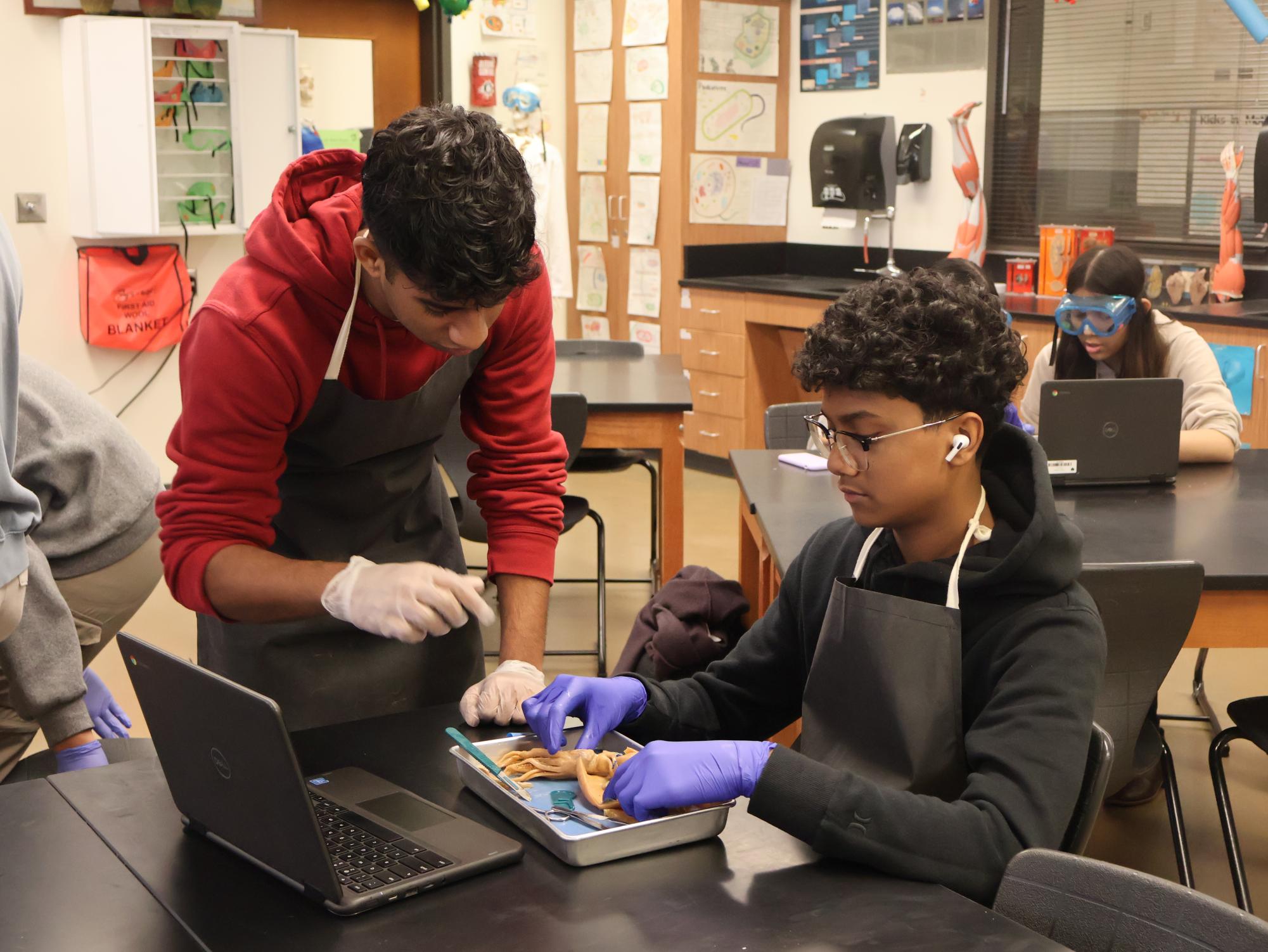
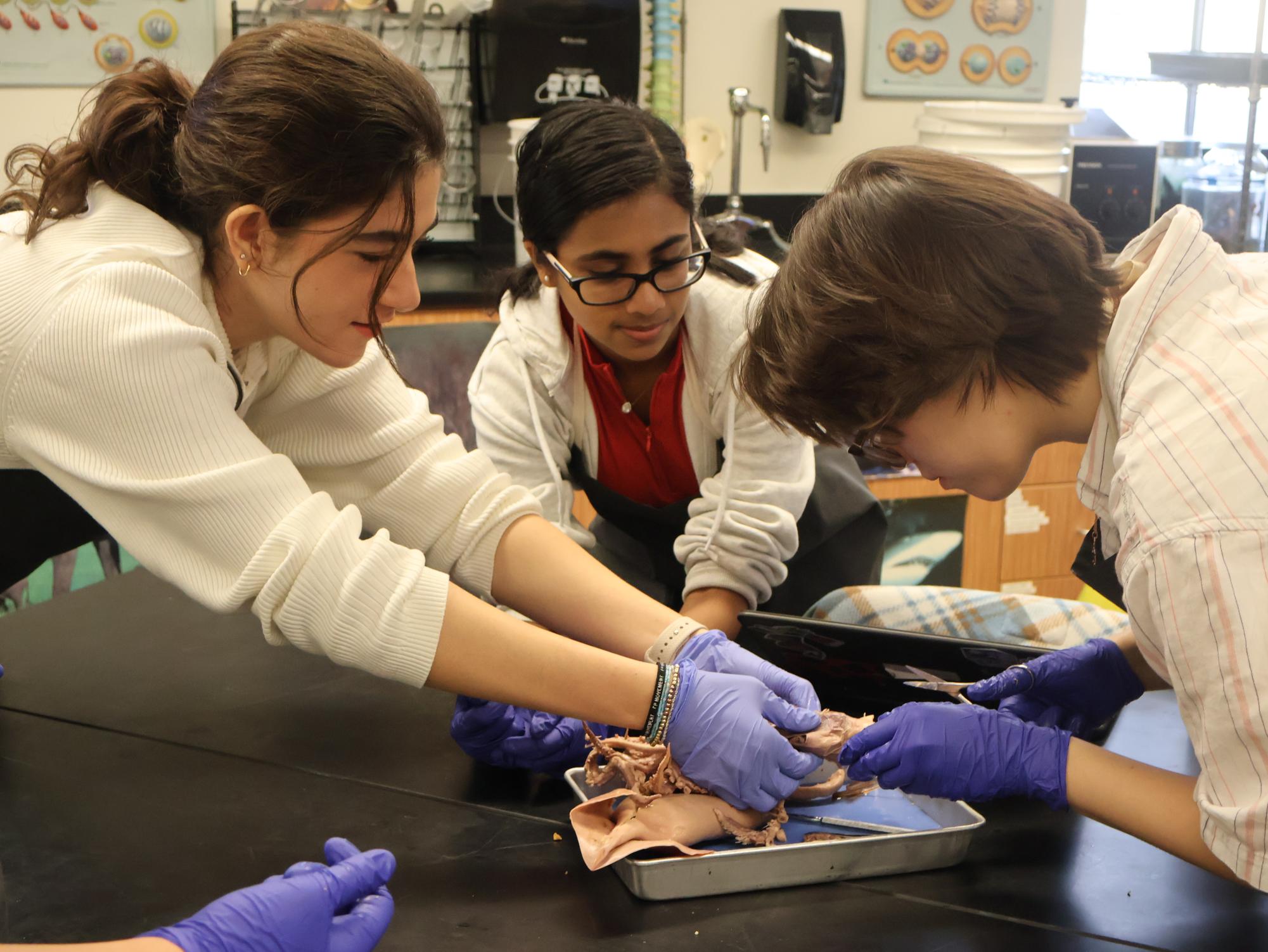
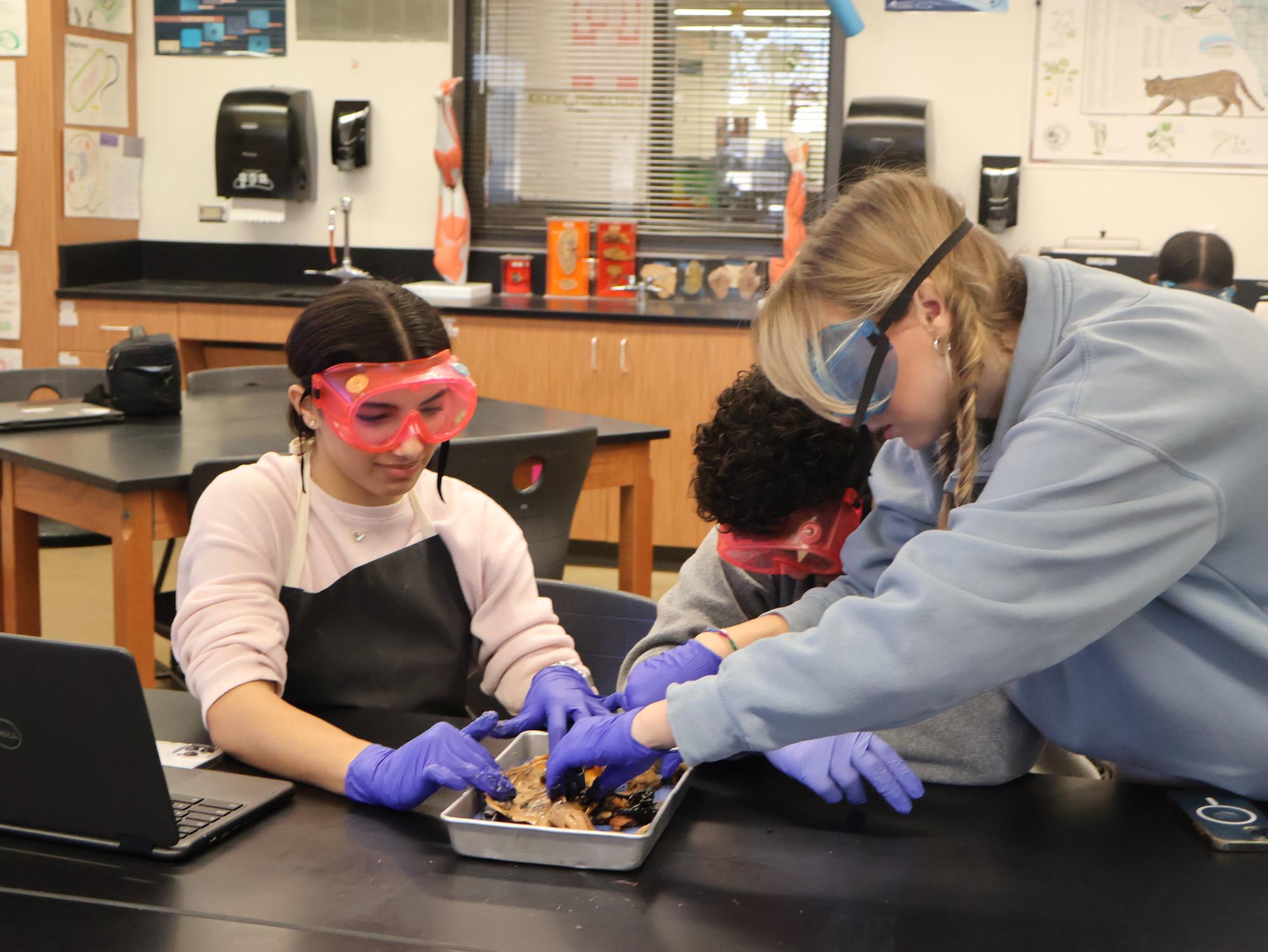
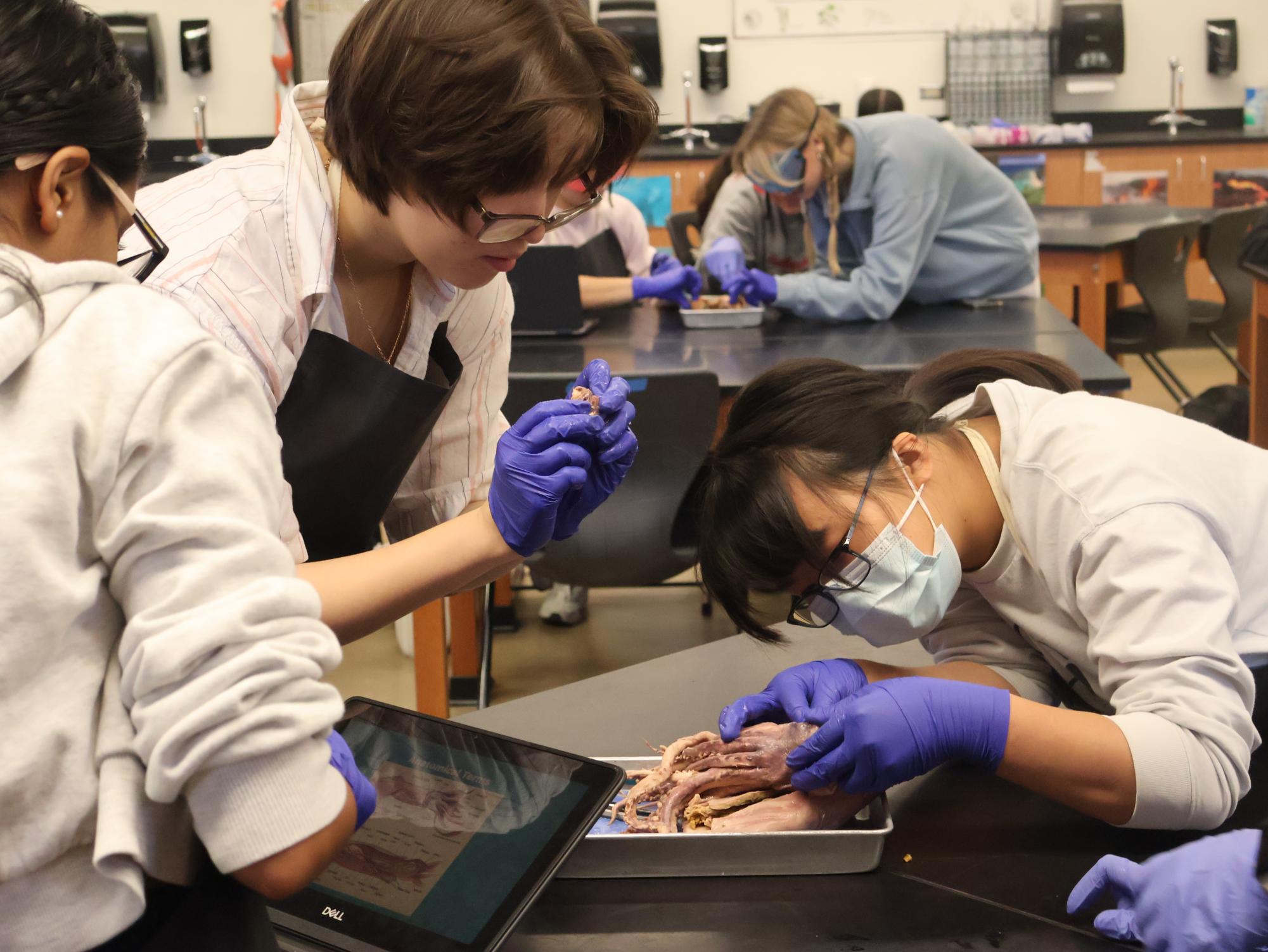
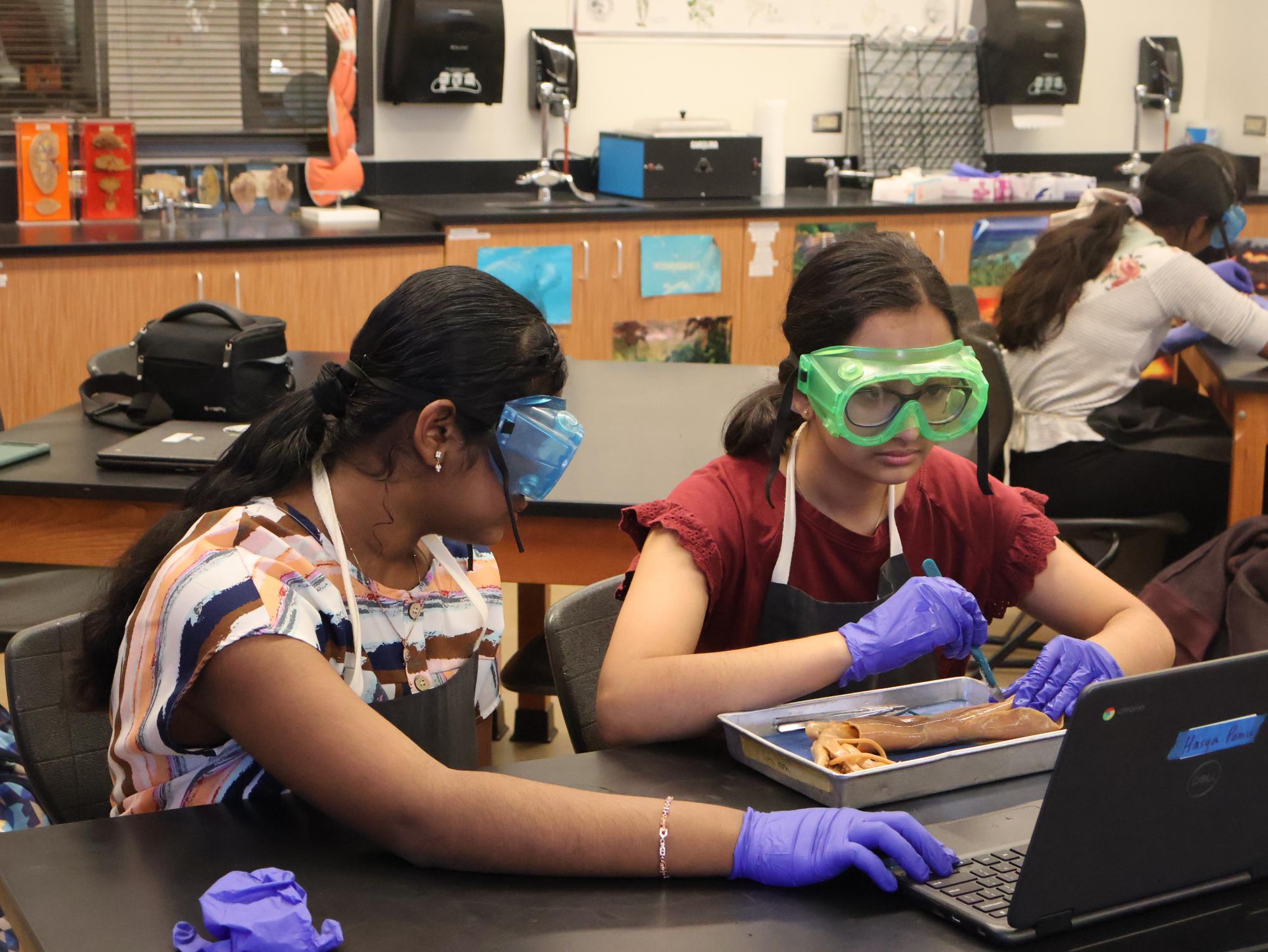
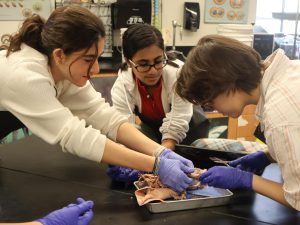
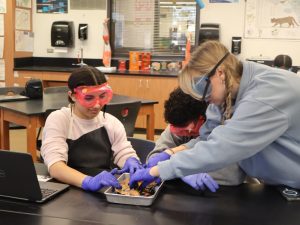
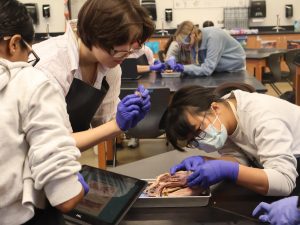
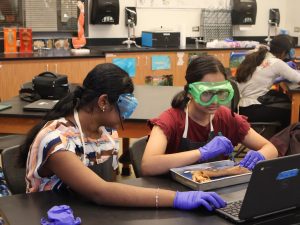
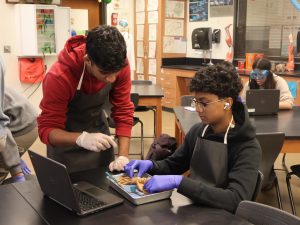
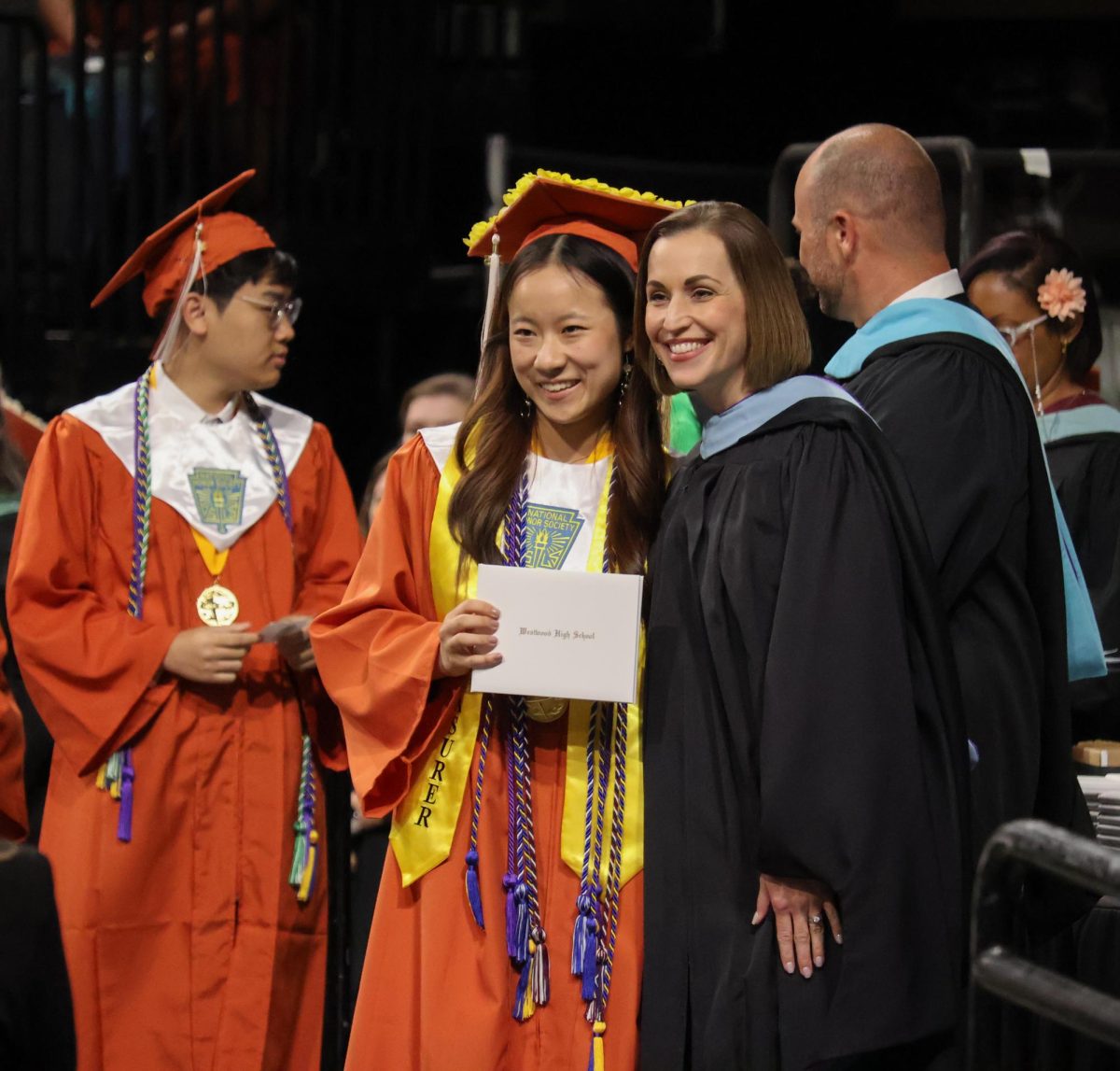
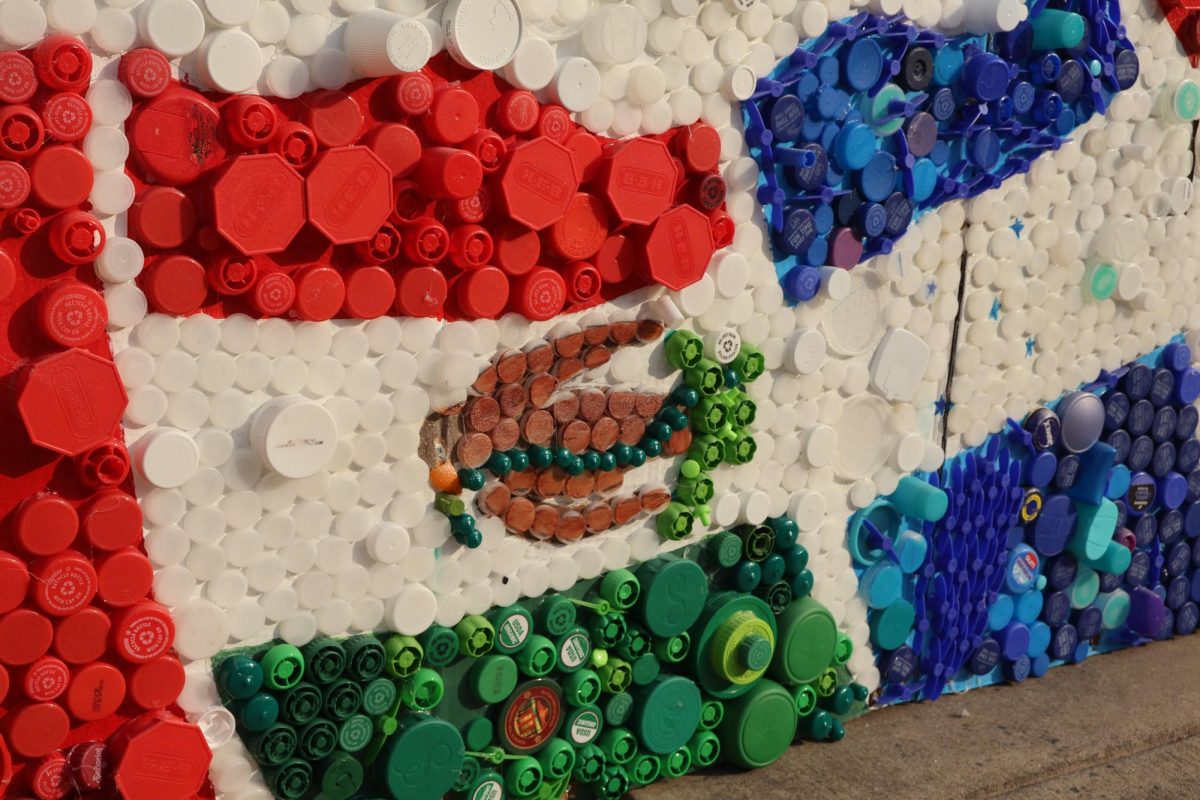

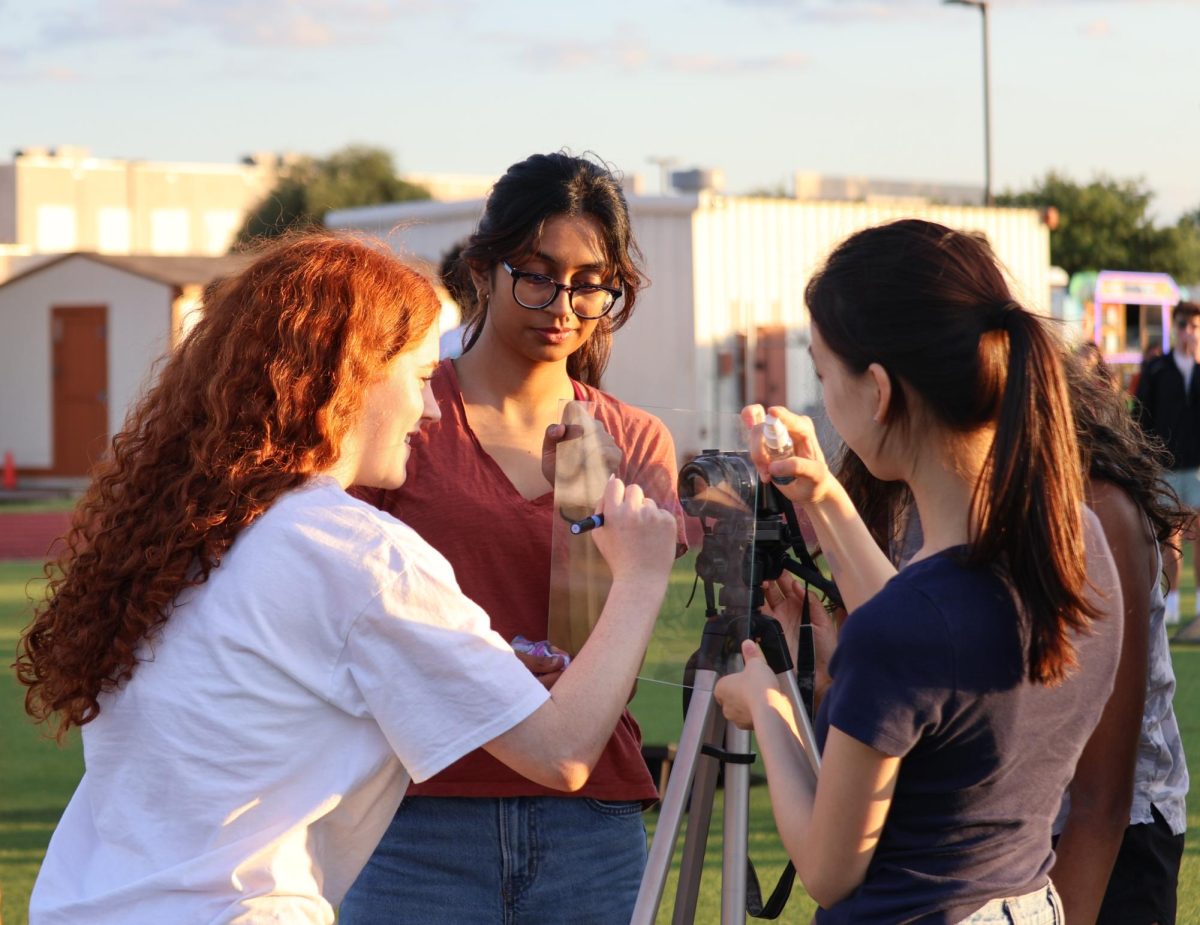
![Holding her plate, Luciana Lleverino '26 steadies her food as Sahana Sakthivelmoorthy '26 helps pour cheetos into Lleverino's plate. Lleverino was elected incoming Webmaster and Sakthivelmoorthy rose to the President position. "[Bailey and Sahiti] do so much work that we don’t even know behind the scenes," Sakthivelmoorthy said. "There’s just so much work that goes into being president that I didn’t know about, so I got to learn those hacks and tricks."](https://westwoodhorizon.com/wp-content/uploads/2025/05/IMG_0063-1200x1049.jpg)

